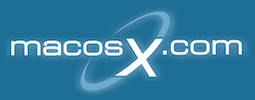#1 Rhapsody
Mac Guru
I have an iBook G3 Dual-USB and was wondering why my replacement HD won't work. The HD is a 80GB Toshiba MK8025GAS. I've tried the HD in my iBook twice now but it isn't recognized by Disk Utility. Would the fact that it is formated to boot a Intel Mac (aka GUID partition table) have anything to do with it? I know it is a good HD, as I boot from it quite often over USB.
P.S. I stuck in the old HD and it works fine. :?
Thanks,
#1 Rhapsody
P.S. I stuck in the old HD and it works fine. :?
Thanks,
#1 Rhapsody

